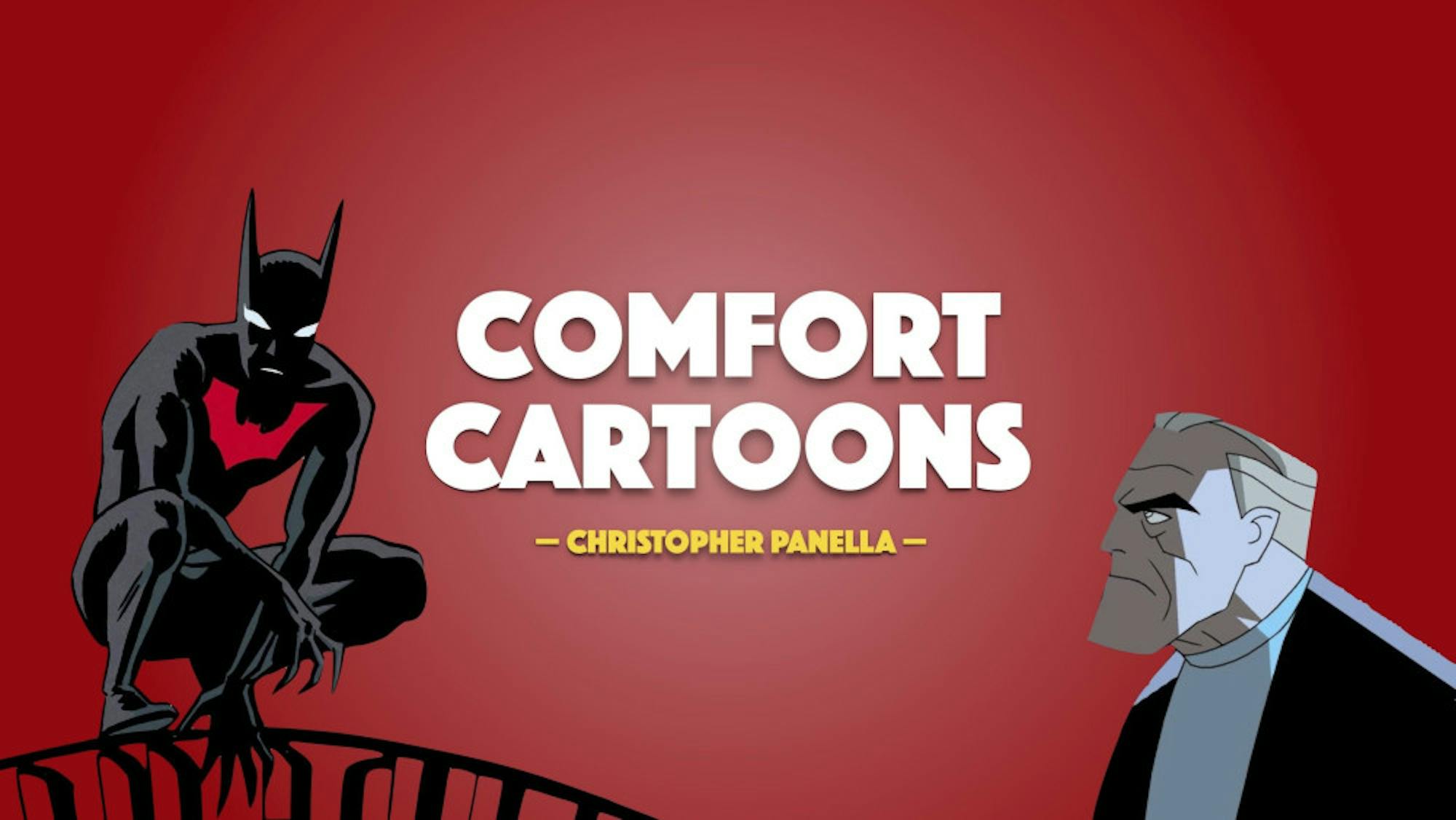“Batman Beyond” (1999–2001) is a futuristic take on the Dark Knight and another installment in the DC Animated Universe. It’s mainly set in 2039, with Bruce Wayne now an old man, retired from crime-fighting. His rogues' gallery is all but finished, with most villains retired or deceased. This makes way for a new Batman in Neo-Gotham:Terry McGinnis, a teenager. Mentored by Bruce and wearing a fancy Batsuit, Terry is just what the futuristic megalopolis needs.
It’s the first time the man behind Batman is not a grown adult. Sure, we’ve had teenage Robin, but “Batman Beyond” gives audiences a younger, less experienced protagonist to follow. Terry takes on the role after his father is seemingly murdered by a gang of Jokerz, a street gang continuing the legacy of the infamous Clown Prince of Crime. But Terry and Bruce discover it wasn’t the Jokerz who killed his dad — it was Derek Powers, the leader of the Wayne-Powers company.
That’s another interesting aspect of “Batman Beyond”; much of “Batman: The Animated Series” (1992–95) focuses on Bruce’s daily activities at his company and what makes him a wealthy and successful businessman. In “Batman Beyond,” that business is now under the control of someone else, whose plans are malevolent. It ties into an ongoing theme of the show, which constantly explores the impact of technology and business on society and, specifically, teenagers.
Episodes like “Splicers” follow younger generations having their genes spliced with animals in order to follow new fashion trends. “Hooked Up” features teenage addiction to virtual reality and “The Winning Edge” has a similar outlook on steroid patches called "slappers." The funniest — and most disturbing — example of this might be “Terry’s Friend Dates a Robot,” in which a high school student illegally obtains a female android and makes her his girlfriend.
All of this might sound like not-so-subtle commentary on issues American teenagers face, but it’s commendable that “Batman Beyond” caters both its protagonist and most of its episodic plots to its younger audience. Similarly, Terry’s romance with Dana Tan and rivalry with high schooler Nelson Nash make up major plot points throughout the show. And while Terry deals with the highs and lows of high school, he also fights futuristic Gotham villains. On the roofs of overwhelming high rises and surrounded by flying cars, Batman faces off against villains like the Shapeshifter, Inque, Sound Manipulator, Shriek and the high school psychologist, Spellbinder.
One thing I’ve been thinking about and researching since rewatching “Batman Beyond” is how so many of its conflicts result in body horror. There’s certainly a lot to explore within that topic, but the show focuses on how villainous deeds often lead to bodily destruction. In “The Winning Edge,” villain Jackson Chappelloverdoses on slapper drugs, causing his body to bulge and bubble. Something similar happens in “Splicers,” when Dr. Cuvier transforms into a monstrous blob of different animals after Batman injects him with too many of the splicers.
"Batman Beyond" is streaming on HBO Max.






